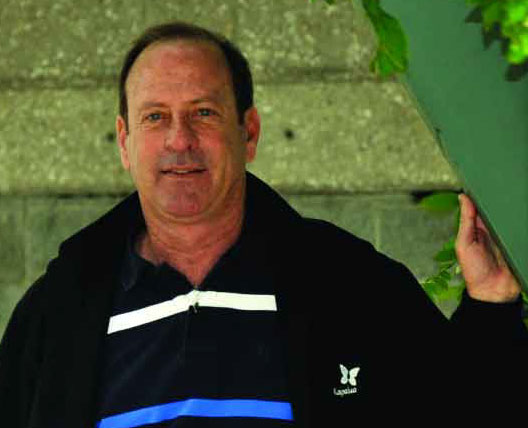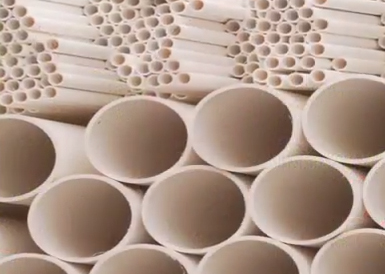ARTICLES
Advance Search
Aquatic Health
Aquatic Health, Fitness & Safety
Around the Internet
Aquatic Culture
Aquatic Technology
Artful Endeavors
Celebrity Corner
Life Aquatic
Must-See Watershapes
People with Cameras
Watershapes in the Headlines
Art/Architectural History
Book & Media Reviews
Commentaries, Interviews & Profiles
Concrete Science
Environment
Fountains
Geotechnical
Join the Dialogue
Landscape, Plants, Hardscape & Decks
Lighter Side
Ripples
Test Your Knowledge
The Aquatic Quiz
Other Waterfeatures (from birdbaths to lakes)
Outdoor Living, Fire Features, Amenities & Lighting
Plants
Ponds, Streams & Waterfalls
Pools & Spas
Professional Watershaping
Structures (Editor's Notes)
Travelogues & History
Water Chemistry
WaterShapes TV
WaterShapes World Blog
Web Links
Around the Internet
Aquatic Culture
Aquatic Technology
Artful Endeavors
Celebrity Corner
Life Aquatic
Must-See Watershapes
People with Cameras
Watershapes in the Headlines
An Interview by Lenny Giteck Some the most iconic images of the past four decades have been photos of bikini-clad Playmates splashing around in the swimming pool or lounging in the adjoining grotto of the Playboy Mansion West, in the Holmby Hills area of Los Angeles. When Hugh Hefner purchased the 5.2-acre property in 1971, it included a staid, 29-room "Gothic-Tudor" house (as Forbes magazine described it). Through the years, however, the Playboy founder has invested a reported $15 million to transform the place into a
An Interview by Lenny Giteck Since 1971 when they jointly founded The Dirsmith Group, an architecture, landscaping and engineering firm headquartered in Highland Park, Ill., Ron and Suzanne Dirsmith have established a distinguished track record of designing imaginative structures and environments that often pay homage to the beauty of nature — particularly the element of water. In the late 1950s, just four years after completing his architecture and engineering studies, Ron became a Fellow in Architecture of the American Academy in Rome, a highly prestigious research and study center for
An Interview by Lenny Giteck Randy Beard, owner of Pure Water Pools in Costa Mesa, Calif., has never been short on ambition. At the ripe old age of 19, he and his then new bride, Martha, started Pure Water as a pool-cleaning company. ("Even after being married and working together all these years," he says, "Martha is still my best friend.") In the nearly three decades since then, Beard and his company have evolved from
An Interview by Lenny Giteck When, in the 1980s, Jack Beane began formulating potions designed to prevent pool finishes from becoming stained and to remediate those that were already damaged, it was not with the intention of creating a company to manufacture and market such products. He simply wanted to help friends and relatives who were experiencing difficulties with their backyard pools. "I was taking it one pool at a time in
'Surely you've heard this line before and never believed it,' declared Stephanie Rose to open her June 1999 Natural Companions column, 'but I'm here to tell you that size does matter. 'Have you ever, for example, built a pond or fountain with concrete either surrounding it or fanning out from it beneath the soil - and then had your clients say they wanted a very mature tree or shrub planted right up against the edge? There you are with
As I announced in the last WaterShapes World blog, this edition of the newsletter carries a new/old name: WaterShapes. It's a proud title, and I'm happy to bring it back knowing we have so much more to accomplish. *** Our mission isn't much changed since we started out in
Pipes are pipes, right? Anything that moves water from point A to point B will get the job done, so long as it doesn't leak, right? Well, not right, as I discuss in the video linked below. Of all the conceptual advances made within the watershaping industry in the past 20 years, I'd have to say that watershapers' awareness that pipe size really does matter and that big pipes are
An Interview by Lenny Giteck The path to extending the Environmental Protection Agency's Energy Star certification program to the pool and spa industry was neither short nor smooth: It took the industry fully five years to convince Energy Star to certify variable-speed pumps. That important step began about a year ago, and now six manufacturers have earned certification for various energy-efficient pool-pump models. The Energy Star program was created in 1992. A joint effort by the EPA and the U.S. Department of Energy, it seeks to identify, certify and promote consumer products that are energy-efficient. In many cases, certified products consume up to a third less energy as compared to products that
One of the nicest days I've ever spent as publisher of WaterShapes came when I joined editor Eric Herman and our good friend William Rowley on the beach in Santa Monica, Calif., one spring day in 2006. Bill was working there on the resuscitation of the swimming pool at the old Marion Davies estate. In the 1920s, she had been William Randolph Hearst's paramour. When she wanted a house built on





















Shimmering Glass